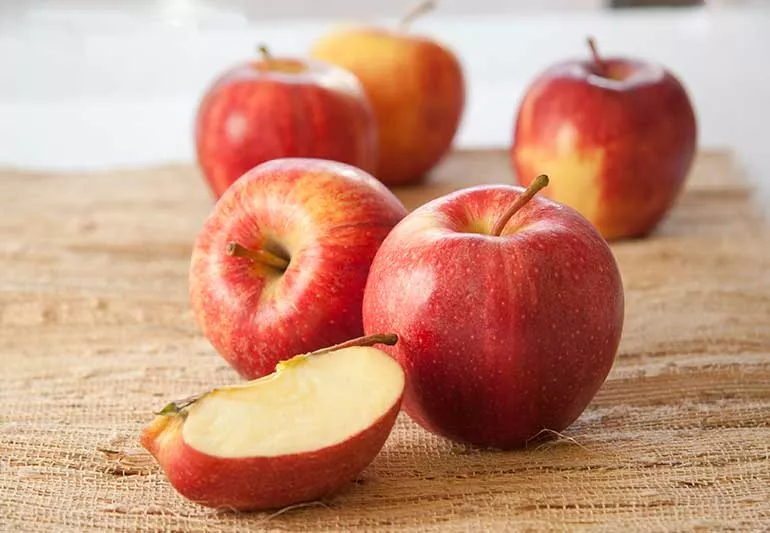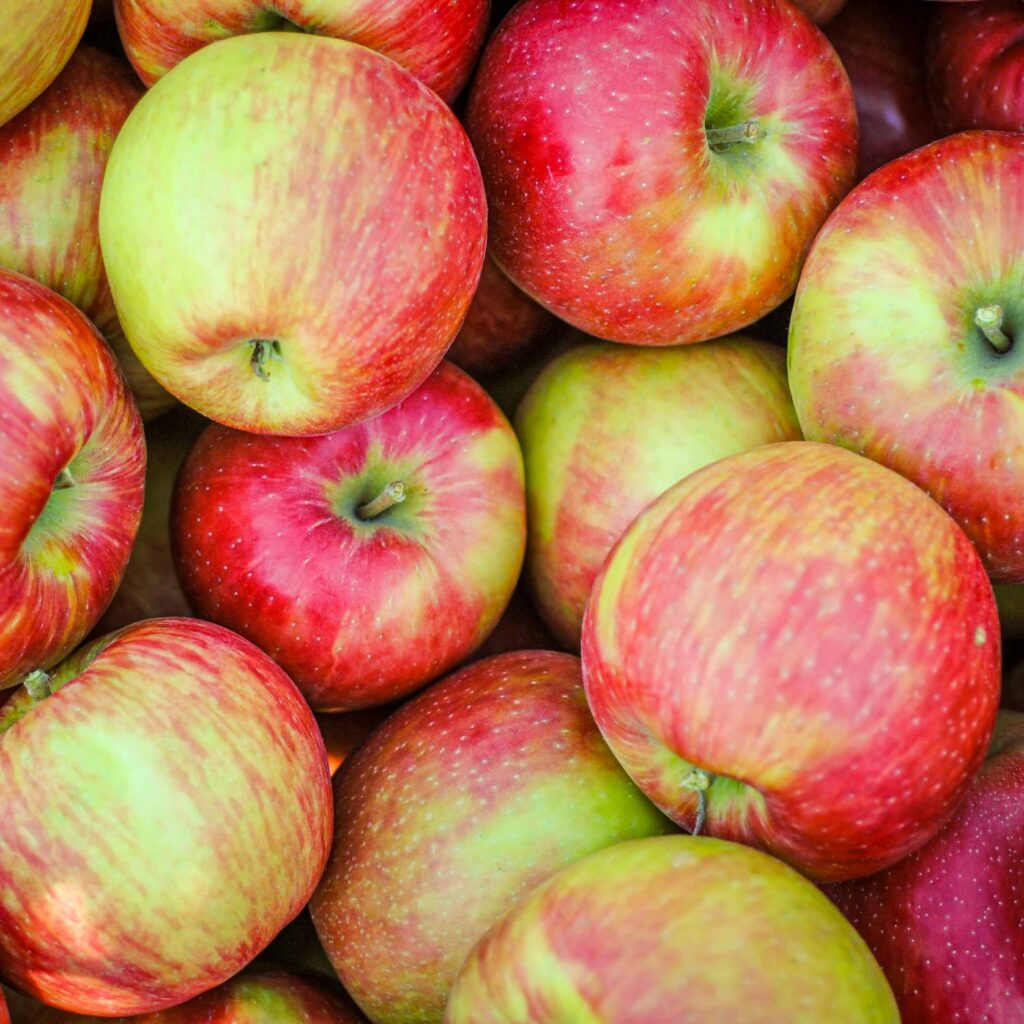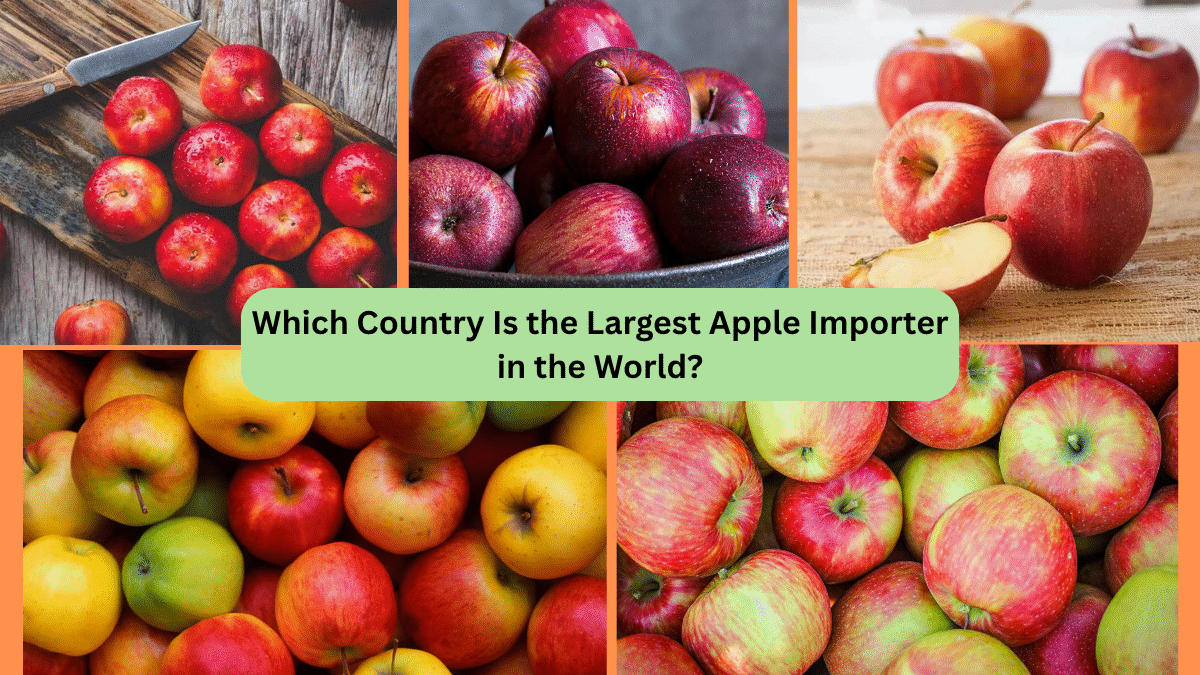Apples are one of the most universally loved fruits on the planet. From classic apple pies in America to fresh apple slices in European breakfast spreads, this crunchy, sweet, and health-boosting fruit has earned a place in nearly every country’s diet. But while many nations grow apples, not all can meet the growing demand of their citizens. That’s where international apple trade comes in — and it might surprise you to learn which countries import the most.
In this article, we’ll uncover which country is the largest apple importer in the world, explore the reasons behind this massive demand, and dive into the global apple trade’s fascinating dynamics.
The Global Apple Market at a Glance

Before we reveal the top importer, it’s important to understand the scale and nature of the global apple market. Apples are among the most widely cultivated and traded fruits worldwide. According to the Food and Agriculture Organization (FAO), over 86 million metric tons of apples were produced globally in 2023. Yet despite this impressive volume, many countries still rely on imports to satisfy local consumption and meet seasonal shortages.
The main apple-producing countries include:
- China (by far the largest producer)
- United States
- Turkey
- India
- Poland
- Iran
- Russia
However, large production doesn’t always translate into self-sufficiency. Consumer preferences for imported varieties, counter-seasonal supply demands, and quality expectations often necessitate international trade.
Which Country Imports the Most Apples in the World?
Based on the latest global trade data, the United States is currently the largest importer of fresh apples by volume. In 2023, the U.S. imported approximately 2.3 million metric tons of apples, surpassing every other nation in sheer quantity.
However — if we look at apple import value (the total amount of money spent on apple imports), Germany claims the top position. In 2023, Germany imported apples worth around $516 million USD, edging out other competitors.
So, depending on whether we measure by volume (tons) or value (dollars):
- Largest importer by volume: United States
- Largest importer by value: Germany
Why Does the United States Import So Many Apples?

While the U.S. is the second-largest apple producer globally after China, it still imports a staggering amount of apples every year. Here’s why:
Counter-Seasonal Demand
U.S. apple production primarily happens in the autumn months. To maintain a year-round supply, especially of popular varieties like Gala and Fuji, the U.S. imports apples from Chile, New Zealand, Canada, and Argentina during its off-season.
Consumer Variety Preferences
Americans enjoy a wide range of apple varieties, many of which are only grown in certain parts of the world. Importing apples gives consumers access to exotic or specialty types not available domestically.
Processed Apple Products
The U.S. also imports apples for use in juices, purees, sauces, and canned goods — where specific qualities like sugar content or texture are preferred from certain producing countries.
Germany: The Value Leader in Apple Imports
While Germany doesn’t import the most apples by volume, it spends the most on apple imports. Several reasons explain this:
High Per-Capita Consumption
Germany has one of the highest per-capita apple consumption rates in Europe. Germans value fresh, high-quality produce, and apples are a dietary staple in many households.
Limited Domestic Supply
Although Germany grows apples (particularly in northern regions like Lower Saxony), local production isn’t enough to meet demand year-round. Germany relies on imports from Poland, Italy, the Netherlands, and France to bridge the gap.
Premium Pricing
Germany tends to import high-quality, organic, and premium apple varieties, often at higher prices per kilogram, boosting the total import value.
Rising Importers: India and Emerging Markets

Another country making headlines in the global apple import scene is India. While traditionally a producer of apples (especially in Himachal Pradesh, Jammu & Kashmir, and Uttarakhand), India has become one of the top apple importers in recent years.
India’s Apple Import Figures:
- 2023 imports: Over 510,000 metric tons
- Top suppliers: Iran, USA, Turkey, and New Zealand
- Main reasons for imports:
- Growing middle-class consumption
- Increasing demand for premium and exotic apple varieties
- Insufficient domestic supply to meet year-round demand
In fact, India now ranks third in the world for apple imports by value, following Germany and the UK.
Where Do Imported Apples Come From?

The top apple-exporting countries include:
- China (the largest apple producer and exporter)
- Italy
- United States
- New Zealand
- South Africa
- Poland
Each of these nations plays a vital role in the apple supply chain, exporting to different parts of the world depending on the season, variety, and trade agreements.
For example:
- The U.S. imports apples from Chile, New Zealand, and Canada
- Germany imports from Poland, Netherlands, and Italy
- India imports predominantly from Iran, Turkey, and the USA
Factors Influencing Global Apple Imports
Several key factors shape apple import patterns:
Seasonal Production Cycles
Since apple harvest seasons differ between hemispheres, countries import counter-seasonally to ensure year-round availability.
Exchange Rates and Trade Tariffs
Import costs are sensitive to currency fluctuations and tariffs. For example, trade disputes between the U.S. and China have previously affected apple prices and volumes.
Consumer Trends
There’s rising global demand for organic, exotic, and specialty apples. Countries like Germany, the UK, and Japan particularly value organic imports.
Infrastructure and Cold Storage
Nations with strong logistics, cold storage, and distribution networks can afford to import and preserve large volumes of apples efficiently.
Future Outlook: What Lies Ahead?

As health consciousness and global fruit consumption continue to rise, apple import volumes are projected to grow, particularly in India, Southeast Asia, and the Middle East.
Trends to watch:
- Organic and eco-friendly apple imports will increase.
- Trade partnerships in Asia-Pacific will reshape export flows.
- E-commerce and online grocery deliveries will boost demand for imported apples in urban markets.
Final Thoughts
To summarize:
| Metric | Country | 2023 Figures |
|---|---|---|
| Largest importer by volume | United States | ~2.3 million metric tons |
| Largest importer by value | Germany | ~$516 million USD |
| Fastest growing importer | India | ~510,000 metric tons |
The global apple trade is a fascinating example of how food markets are interconnected. While countries like the U.S. and Germany lead the import charts today, rising economies like India are rapidly closing the gap.
So, the next time you pick up a crisp Gala or a tart Granny Smith at your local supermarket, consider the remarkable journey it made — possibly halfway around the world — to land in your fruit basket.





Leave A Comment